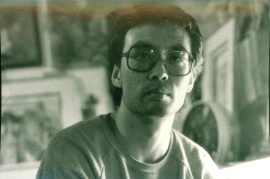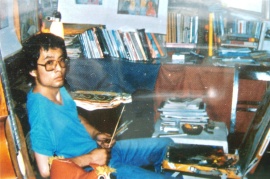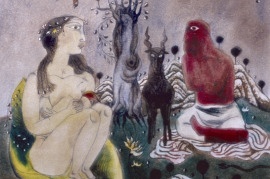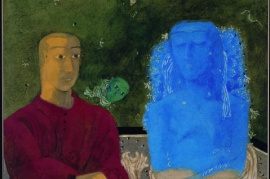Zhang Xiaogang 2009-07-09
Zhang Xiaogang's Studio,
Beijing
Biography:
Zhang Xiaogang (b. 1958, Kunming, Yunnan Province) is an artist and currently lives and works in Beijing.
Zhang studied oil painting at the Sichuan Fine Arts Institute (SFAI) between 1978 and 1982. In 1985, Zhang collaborated with Mao Xuhui, Pan Dehai, Hou Wenyi, Zhang Long and others to organize the ‘New Concrete Image' exhibition in Shanghai and Nanjing, one of the earliest self-financed exhibitions of the ’85 New Wave. Zhang also helped to establish the Southwestern Art Research Group with friends in Kunming, and lectured at SFAI. In 1989, his work was exhibited in the ‘China/Avant-Garde Exhibition’ at the National Art Museum of China in Beijing. In the early '90s, Zhang began to develop his painting series The Big Family, which referenced photographs taken during the Cultural Revolution.
Zhang’s works have been collected by museums, galleries and private collectors, and are exhibited widely. Selected exhibitions include the Guangzhou Biennial (1992), ‘China’s New Art, Post-1989’ (Hong Kong, 1993), the 22nd Sao Paulo Biennial (Brazil, 1994) and the 46th Venice Biennale (1995), to name a few.






















